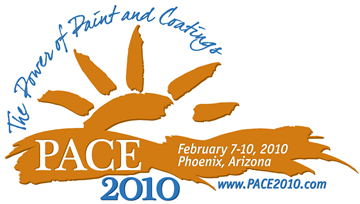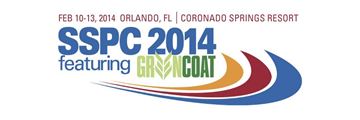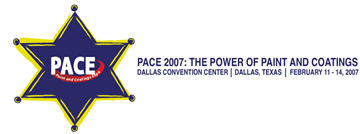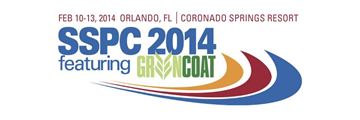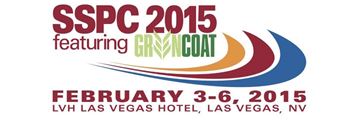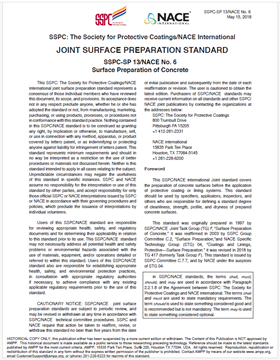Search
Products tagged with 'abrasive blasting'
View as
Sort by
Display
per page
Development of Safety Monitoring and Remote Control System for Blasting Workers
Product Number:
41210-578-SG
Publication Date:
2010
$20.00
Education on the Differences Between Wet Abrasion Blasting and Water Jetting
Product Number:
41214-823-SG
Publication Date:
2014
$20.00
Effect of Surface Conditioning on Corrosion Resistance Using New Vs. Traditional Abrasive Blasting Media Types
Product Number:
51220-291-SG
Publication Date:
2020
$20.00
Extending Barge Life: A Case History on Barge Restoration
Product Number:
41210-564-SG
Publication Date:
2010
$20.00
Green Surface Preparation Methods for Coating Exterior Steel Water Reservoirs
Product Number:
41211-607-SG
Publication Date:
2011
$20.00
Identifying Potential Inhalation and Hearing Hazards In Abrasive Blasting Operations
Product Number:
51220-290-SG
Publication Date:
2020
$20.00
Improvement of Blasting Productivity by Optimizing Blasting-Related Operation Parameters
Product Number:
41207-303-SG
Publication Date:
2007
$20.00
Improving Coating Adhesion By Altering Surface Preparation
Product Number:
51323-19364-SG
Publication Date:
2023
$20.00
Lowering the Total Cost of Surface Preparation
Product Number:
41214-821-SG
Publication Date:
2014
$20.00
Minimizing Health, Safety, and Environmental Challenges Associated with Traditional Blasting by Using Vapor Abrasive Blasting
Product Number:
41215-889-SG
Publication Date:
2015
$20.00
NACE No. 6/SSPC-SP 13-2018, Surface Preparation of Concrete
Product Number:
21082-SG
Publication Date:
2018
$179.00
NORMA CONJUNTA DE PREPARAÇÃO DE SUPERFÍCIES SSPC-SP 13/NACE No. 6 Preparação de Superfícies de Concreto
Product Number:
SSPC-SP 13-2018-NACE No. 6-2018-Portuguese
Publication Date:
2018
$179.00

